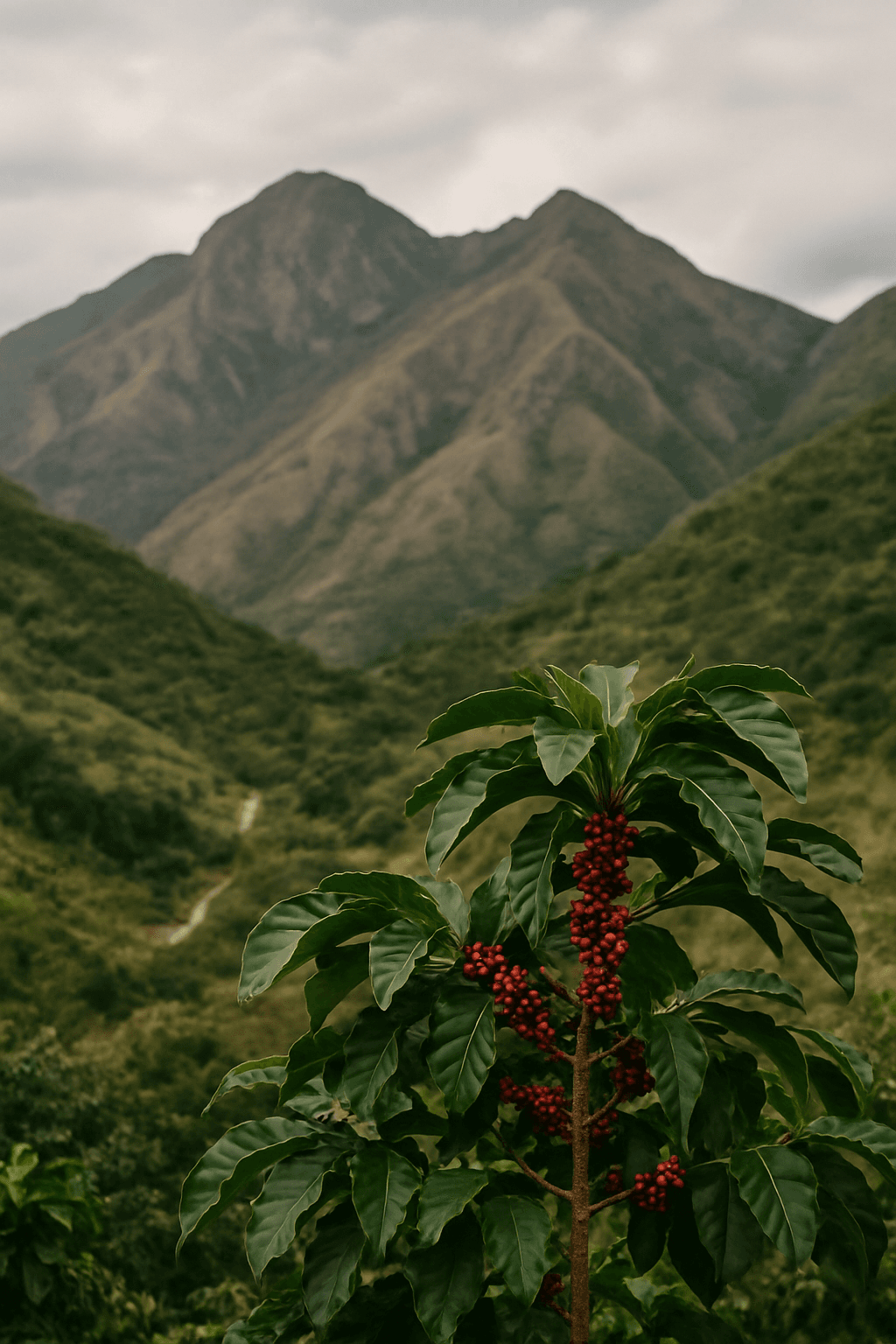Peru’s coffee production is forecast to reach 4.2 million bags in 2025/2026, an 8% increase driven by better prices, fertilizer use, and organic market leadership. Challenges persist with pests, infrastructure, and EU regulations.
Peru’s coffee industry is set for a modest rebound in the 2025/2026 marketing year, with total production forecast to reach 4.2 million 60-kg bags, marking an 8% year-on-year increase, according to the Coffee Annual Report released by the U.S. Department of Agriculture (USDA) on May 21, 2025. This improvement is largely attributed to stronger international prices and increased fertilizer use, despite ongoing pressures from pests and structural limitations.
Coffee in Peru is primarily cultivated along the eastern slopes of the Andes, with the key producing regions being Cajamarca (22%), San Martín (20%), Junín (19%), and Amazonas (15%). Production remains almost entirely Arabica, with Typica (70%) and Caturra (20%) as the dominant varieties. The majority of cultivation takes place at elevations between 1,000 and 1,800 meters, where coffee is shade-grown, hand-picked, and sun-dried. Yields vary widely based on farm management practices, with the national average reaching 721 kg/ha in 2024/2025.
Despite better weather conditions and modest yield gains, Peruvian coffee farmers continue to face economic hardship. Labor represents 58% of production costs, followed by fertilizers (24%) and agrochemicals (12%). Most farms are smaller than 5 hectares and rely on traditional methods. Financial challenges persist due to limited access to credit, especially where land titles are not formalized, pushing many farmers toward cooperatives or informal lenders.
The harvest area remains stable at 335,000 hectares, with harvests typically running from April to September, peaking in June and July. However, coffee leaf rust (Hemileia vastatrix) and coffee borer beetle (Hypothenemus hampei) continue to affect up to 40% of production. These threats are particularly problematic at lower elevations and have led to increased use of phytosanitary treatments and tree replacement programs.
Peru’s domestic coffee consumption is forecast to rise slightly to 300,000 bags, although it still accounts for only 6% of total production. Per capita consumption remains low at 950 grams, far behind Colombia (2.5 kg) and Brazil (6 kg). Soluble coffee dominates the local market (75%), but preferences are shifting among younger urban consumers who increasingly opt for roasted and ground coffee.
On the trade front, Peru’s coffee exports are projected to rebound to 4.2 million bags in 2025/2026. In the previous year, the United States remained the top destination, taking in 27% of exports, followed by Germany (19%) and Belgium (11%). Export prices rose by 28% to an average of $229 per bag, with U.S.-bound coffee fetching slightly more at $236 per bag. Peru remains globally competitive, in part due to its status as the world’s leading exporter of organic coffee, with 90,000 hectares certified organic and many more effectively organic due to limited input use.
Peruvian producers actively pursue certifications like Fair Trade, Organic (USDA NOP, JAS, OCIA), Rainforest Alliance, and Café Practices, and the country is a frequent contender at international specialty coffee competitions. However, infrastructure issues—particularly poor roads and limited storage—continue to hamper access to global markets.
New policy developments are shaping the sector. Through the USDA-backed MOCCA initiative, Peru has trained over 27,000 producers, established 515 nurseries, and facilitated nearly $17 million in credit. The government also launched a national coffee promotion plan (through the National Executive Coffee Council) extending through 2030, aiming to improve production, boost consumption, and elevate Peruvian coffee on the world stage.
Yet looming regulatory concerns threaten smallholders. The EU Regulation on Deforestation-Free Products (EUDR) mandates traceability for imported coffee. Peru’s National Coffee Board warns that most small producers lack proper land-use certifications and face regulatory complexity that may limit access to EU markets. Although Peru’s Congress amended forestry laws in January 2024 to simplify compliance, producers insist more support is required.
Coffee continues to play a pivotal role in Peru’s rural economy, generating over 855,000 jobs, especially in remote regions. Through agencies like DEVIDA, the government promotes coffee as a sustainable alternative to coca leaf cultivation, reinforcing its significance as both an economic and social development tool.


